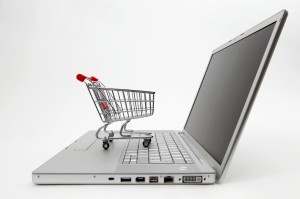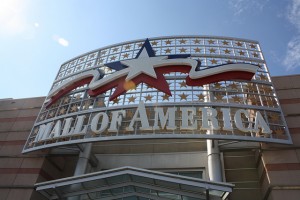You’ve seen the stats – the 2013 holiday season showed 12% growth in e-commerce and a slowdown of 15% in mall foot traffic. Put them together and the answer is obvious. E-commerce wins and stores and malls everywhere die a slow death, right? Well, maybe not.
First, people who like to shop like to go to the mall (or downtown shopping neighborhoods, lifestyle centers, etc.). Yes, even millennials, the smartphone-happy generation, still like to shop in physical stores. And with fit technologies still in their nascent stage, many apparel purchases in particular are just plain easier in person. And sometimes you just need something today – not in five to seven days, and not even in two days.
Second, bricks and mortar retailers are not going easy into that good night. They’re fighting back and using mobile, social, e-commerce and omnichannel strategies to do it. A few recent examples:
- Sears just launched a drive-through feature at its stores to pick up items purchased online
- Gap recently launched a “reserve-in-store” feature in select stores that will soon be available throughout the entire chain. “Order-in-store” is also about to be tested.
- Neiman Marcus launched a new e-commerce app for smartphones which also prominently features store-specific sales associates and in-store events that help to drive shoppers to the stores.
And don’t forget that e-commerce sales are the bright spot for many of these bricks and mortar retailers including Gap, Nordstrom and even J.C. Penney – all of these retailers have recently called out e-commerce growth even while stores have seen declines.
Third, malls are also working to drive foot traffic by becoming neighborhood centers – adding more and better food options, hosting elementary school art fairs, bridal expos, farmers markets and more.
Last, e-commerce is going old school. Many pure play e-commerce retailers are experimenting with pop-ups, showrooms and even full-fledged stores to expand their reach and give shoppers a physical experience. A few examples:
- Bonobos – Launched stores and wholesales its clothing at Nordstrom and Belk
- Warby Parker & Bauble Bar – Have experimented with pop-up shops
- Blue Nile – Testing “showrooms” at Nordstrom
Well, it’s not that cut and dried. While many stores and malls may close over the next ten years, we suspect that most will morph and adapt to bring elements of e-commerce and mobile into their four walls, and e-commerce retailers will increasingly use stores to expand their reach and brands. The good news? Shoppers will get the best of worlds. The bad news? There will likely be many painful moments between now and then.


4 Comments